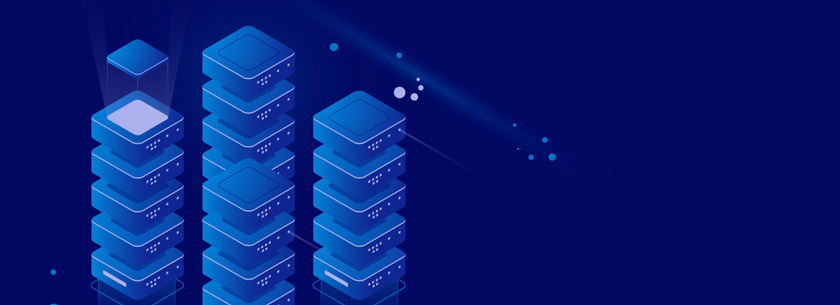
The basis of each effectively working blockchain is consensus algorithms. Either tested by time and experiment, such as PoW and PoS, or alternative and not yet sufficiently studied. However, it is these alternative options, according to many experts, that can solve the most pressing problems of modern blockchains. At a minimum, the problem of speed reduction with an increase in the number of active users.
The Proof of Work consensus algorithm, which is the simplest, most reliable and safest, cannot cope with this problem on its own. Because with an increase in the number of active nodes, the number of checks and confirmations to which each new block is subjected also increases. The more advanced and user-friendly Proof of Stake demonstrates more effective performance, as confirmations are carried out by other mechanisms, but the scalability problem still remains. But the new alternative Proof of Authority algorithm, according to preliminary data, can help with solving this problem.
What it is?
The basis of this algorithm is a reputation system. This idea was proposed in 2017 by Ethereum blockchain co-founder Gavin Wood. According to him, this algorithm could be an extremely effective solution for private blockchains.
Here is the point. Each blockchain user working on the basis of the PoA algorithm has a certain identifier that displays his reputation. And the higher this reputation, the greater the possibility that this particular node will become a validator. Almost like with PoS, only without reference to specific tangible assets.
However, the “reputation qualification” is quite high, so the number of possible validators is limited. On the one hand, this solves the scalability problem, but on the other, it’s the same as appointing standard moderators and shifting all the main work to them, which is a serious step towards centralization.
Therefore, this algorithm works more efficiently in private blockchains, access to which is available only for trusted users, or for networks with a high degree of centralization. For example, PoA has been shown to be highly effective in supply chain and logistics planning. In addition, it formed the basis of the Microsoft Azure platform - software for private networks that do not use their own internal tokens and there is no need for mining.
Specific Consensus Conditions for PoA
It’s quite difficult to become a validator in a blockchain based on PoA.
- Validators are specific individuals who have verified their identity.
- Those who want to become validators must not only confirm their identity, but also make a certain amount for the development of the network. Moreover, all their actions are monitored and displayed in the reputation system. This allows you to exclude dubious candidates and encourages long-term cooperation.
- If validators are selected, not appointed, then they must all comply with a single approval standard.
Disadvantages
- Formal rejection of decentralization. Stable moderators, the credibility of which is based on their stable and positive reputation, is not for most cryptocurrencies. However, for private and corporate networks - a pretty good option.
- Less anonymity. The identity of the validator is known to all. On the one hand, this should deter him from abusing his powers, but on the other hand, makes him an excellent target for external attacks.
- Great chance of abuse of authority. Not only in the form of direct theft of money, but also through the introduction of blacklists and censorship.
Conclusion
Technically, the PoA consensus algorithm overrides most of the benefits of the classic blockchain - decentralization, immutability, anonymity, independence from external influences. But instead, it offers high speed and great legal protection. For some networks, for example, private and corporate blockchains, this is crucial. Therefore, we can safely say that this algorithm will be actively implemented in those organizations that want to simultaneously take advantage of the blockchain and maintain the familiar device and hierarchical system.




